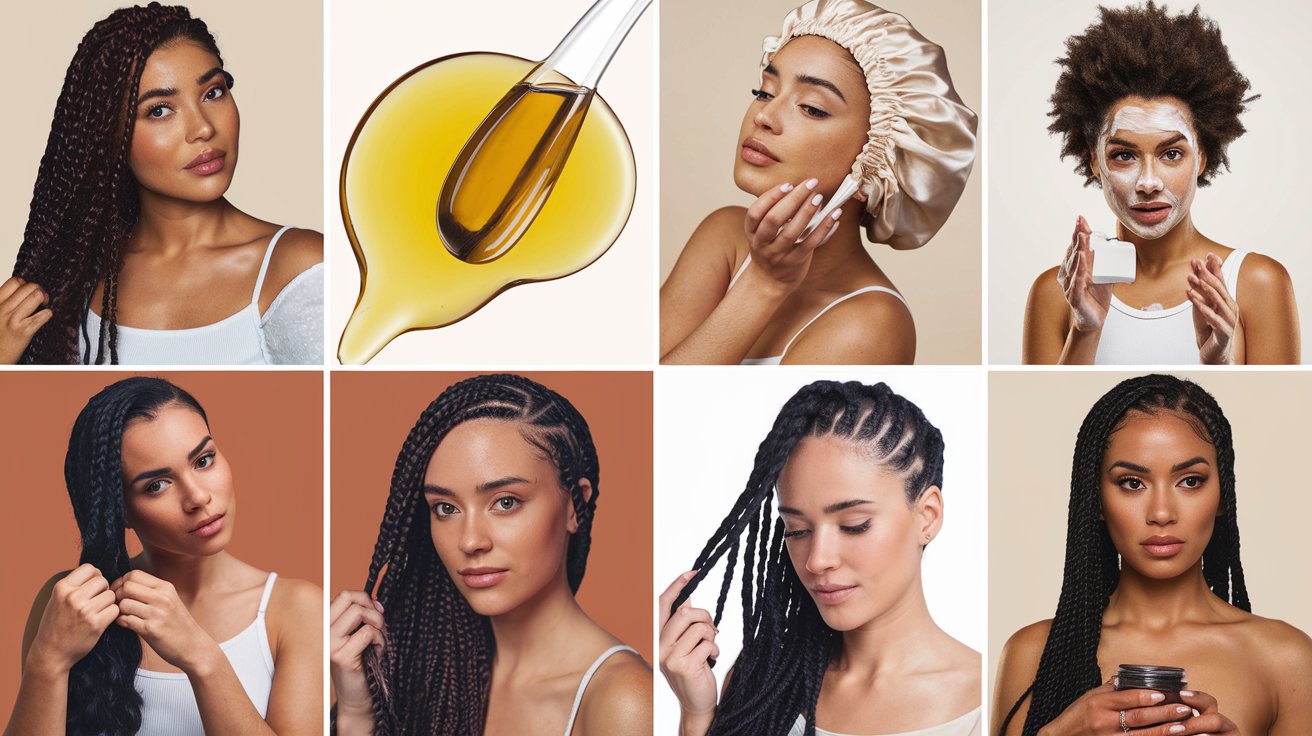Achieving natural hair growth success is a journey that many embark on, often filled with questions about the best practices and products to use. Whether you’re dealing with thinning hair, damage from styling, or simply want to enhance your hair’s natural beauty, understanding the steps to foster healthy hair growth is essential. This article will provide you with top tips for natural hair growth, including effective habits, dietary recommendations, and the role of products like hair growth serum.
Understanding Hair Growth
Before diving into tips for promoting hair growth, it’s important to understand how hair grows. Each strand of hair originates from a follicle located in the dermis layer of the skin. The hair growth cycle consists of three primary phases:
- Anagen Phase: The active growth phase where hair can grow for several years.
- Catagen Phase: A short transitional phase lasting a few weeks where hair growth slows.
- Telogen Phase: The resting phase where hair falls out, making way for new growth.
On average, human hair grows about 1 cm (0.4 inches) per month, but this rate can vary based on genetics, age, and overall health.
Top Tips for Natural Hair Growth Success
1. Nourish Your Body with a Balanced Diet
A well-balanced diet is fundamental for promoting healthy hair growth. Key nutrients that support hair health include:
- Proteins: Essential for keratin production; include lean meats, fish, eggs, and legumes in your diet.
- Vitamins A and C: Important for sebum production and protecting against oxidative stress; consume fruits and vegetables like carrots and citrus.
- Biotin: This B-vitamin is crucial for keratin synthesis; foods like nuts, seeds, and whole grains are excellent sources.
- Omega-3 Fatty Acids: Found in fatty fish like salmon and walnuts, these help nourish the scalp.
2. Stay Hydrated
Hydration is key to maintaining healthy hair. Drinking sufficient water helps keep your body hydrated and supports cellular functions that promote hair growth. Aim for at least eight glasses of water daily to maintain optimal hydration levels.
3. Maintain Scalp Health
A healthy scalp is vital for optimal hair growth. Here are some practices to ensure your scalp remains in top condition:
- Regular Cleansing: Use a gentle shampoo suited to your scalp type to remove dirt and excess oils without stripping natural moisture.
- Scalp Exfoliation: Consider using a scalp scrub or exfoliating shampoo weekly to eliminate dead skin cells that can clog follicles.
- Massage: Regularly massaging your scalp increases blood circulation, which can stimulate hair follicles and encourage growth.
4. Use Quality Hair Products
Selecting the right products is essential for maintaining healthy hair. Look for shampoos and conditioners free from sulfates and parabens, as these ingredients can be harsh on your strands. Additionally, incorporating a hair growth serum into your routine can provide targeted nourishment for your scalp and follicles.These serums often contain active ingredients designed to stimulate growth and strengthen existing strands. When choosing a serum, look for clinically proven ingredients with positive user feedback.
5. Limit Heat Styling
Excessive heat from styling tools can weaken hair strands over time. To protect your locks:
- Use heat styling tools sparingly and always apply a heat protectant beforehand.
- Consider air-drying your hair whenever possible or using lower heat settings on styling tools.
6. Manage Stress Levels
Chronic stress can lead to increased hair loss through conditions like telogen effluvium, where stress causes more hairs to enter the resting phase simultaneously. Incorporating stress-reducing practices into your daily routine can help mitigate this effect:
- Mindfulness Practices: Spend time each day practicing mindfulness or meditation to reduce stress levels.
- Physical Activity: Regular exercise not only boosts mood but also improves blood circulation throughout the body.
7. Ensure Adequate Sleep
Quality sleep is crucial for overall health and well-being, including hair health. Aim for 7-9 hours of restful sleep each night to allow your body to repair itself naturally.
8. Avoid Tight Hairstyles
Tight hairstyles can cause traction alopecia—a form of hair loss caused by excessive pulling on the roots. Opt for looser styles that minimize tension on the scalp.
9. Regular Trims
While it may seem counterintuitive, getting regular trims helps eliminate split ends and breakage, promoting healthier-looking hair overall. Aim for a trim every six to eight weeks.
10. Protect Your Hair from Environmental Damage
Environmental factors such as sun exposure, pollution, and harsh weather conditions can damage your hair over time. Here’s how you can protect it:
- Wear hats or scarves when exposed to direct sunlight.
- Avoid swimming in chlorinated pools without protection; consider wearing a swim cap.
- Use products with UV protection when spending extended periods outdoors.
Myths About Hair Growth
Understanding common myths surrounding hair care is crucial in developing effective practices:
- Myth 1: Cutting your hair makes it grow faster.
- Fact: Hair grows from the follicle; trimming does not affect its growth rate.
- Myth 2: You should wash your hair every day.
- Fact: The frequency should depend on individual scalp type; some may need daily washing while others do not.
- Myth 3: Hair products alone can solve all problems.
- Fact: Healthy habits and lifestyle choices are just as important as using quality products.
Conclusion
Incorporating these top tips into your daily routine can significantly enhance your chances of achieving natural hair growth success. From nourishing your body with a balanced diet to utilizing innovative products like hair growth serums, every small change contributes positively to overall improvement in hair health.
Remember that consistency is key; adopting these practices over time will yield the best results. Embrace these habits not only for better-looking hair but also as part of a holistic approach to personal care and wellness.

